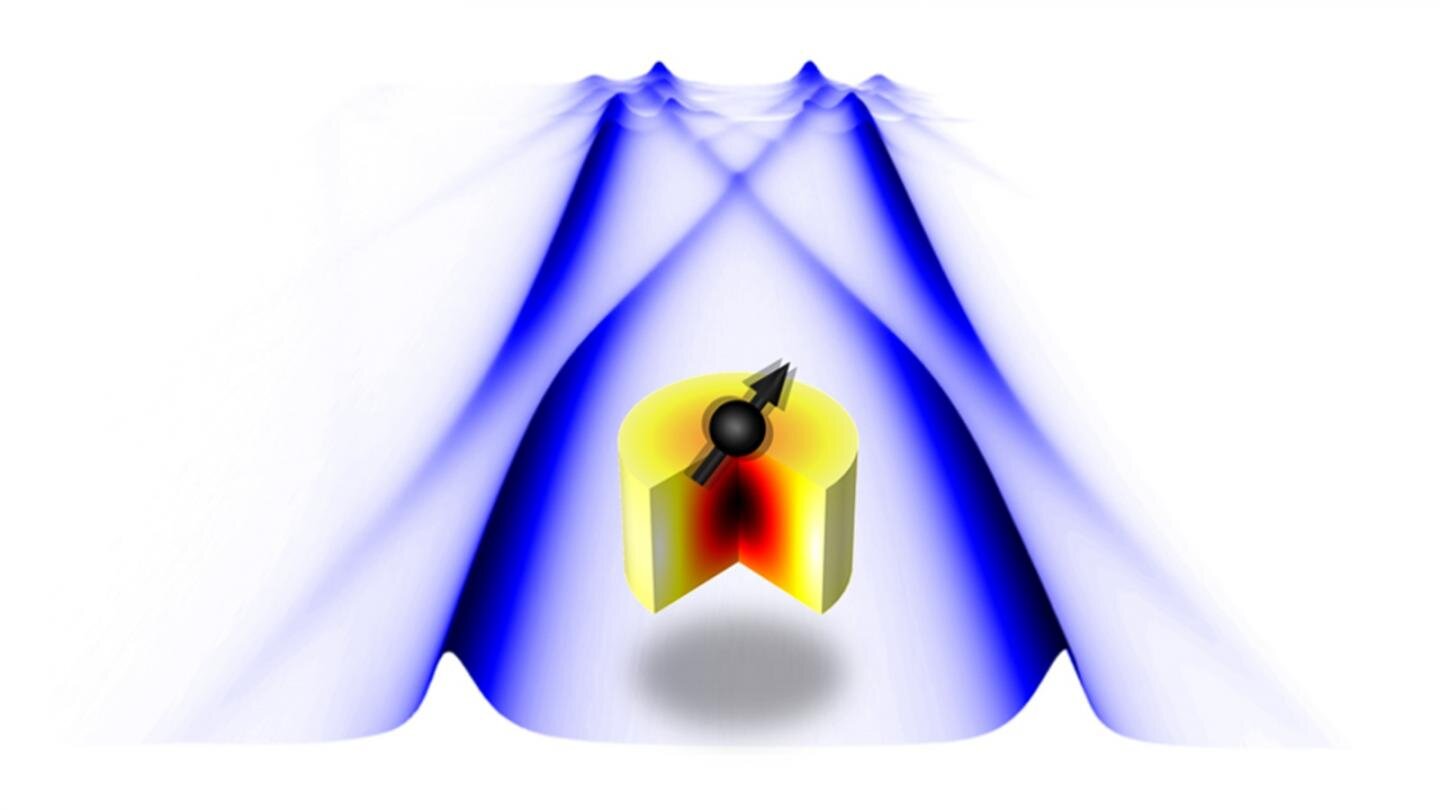
Researchers in the Argonne National Laboratory and Pritzker School of Molecular Engineering have demonstrated a novel approach that allows real-time control of the interactions between microwave photons and magnons, potentially leading to advances in electronic devices and quantum signal processing.
Microwave photons are elementary particles forming the electromagnetic waves that we use for wireless communications. Magnons are the elementary particles forming what scientists call spin waves — wave-like disturbances in an ordered array of microscopic aligned spins that can occur in certain magnetic materials.
Microwave photon-magnon interaction has emerged in recent years as a promising platform for both classical and quantum information processing.
The team employs an electrical signal to periodically alter the magnon vibrational frequency and thereby induce effective magnon-photon interaction. The result is a first-ever microwave-magnonic device with on-demand tunability. Before this work, the interaction had proved impossible to manipulate in real time.
The team’s device can control the strength of the photon-magnon interaction at any point as information is being transferred between photons and magnons. It can even completely turn the interaction on and off. With this tuning capability, scientists can process and manipulate information in ways that far surpass present-day hybrid magnonic devices.
The paper has been published in Physical Review Letters.
